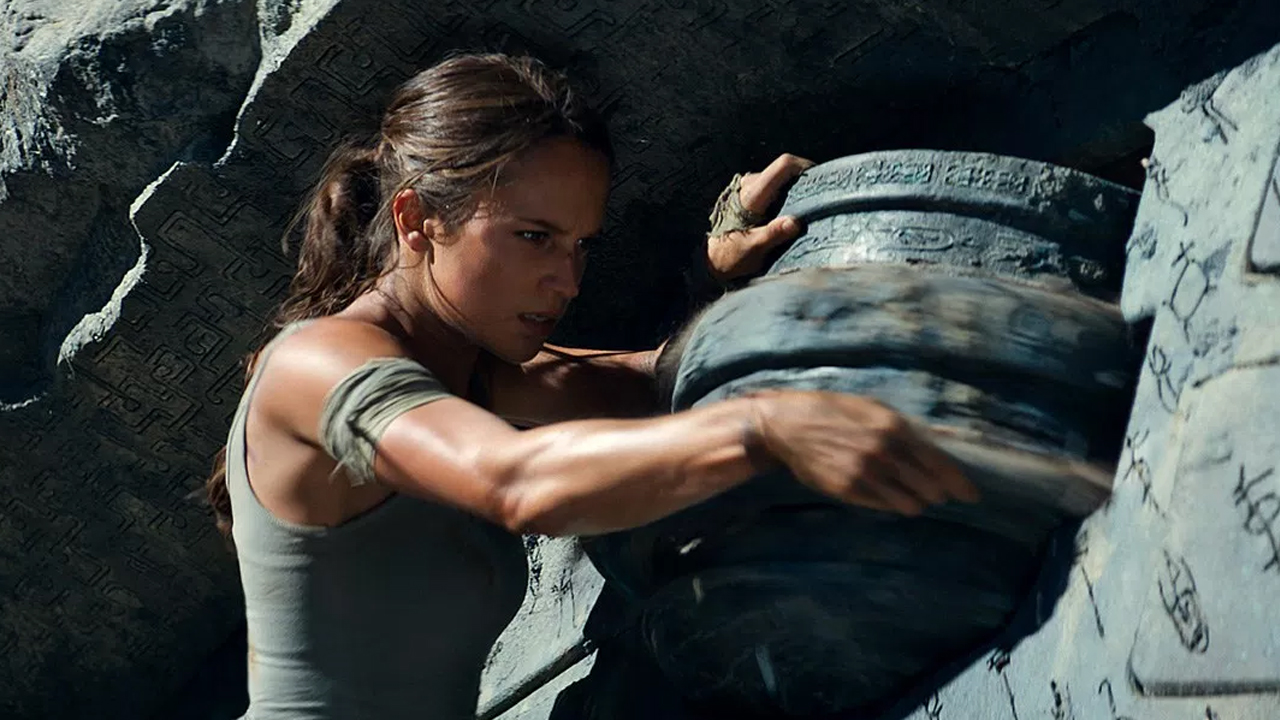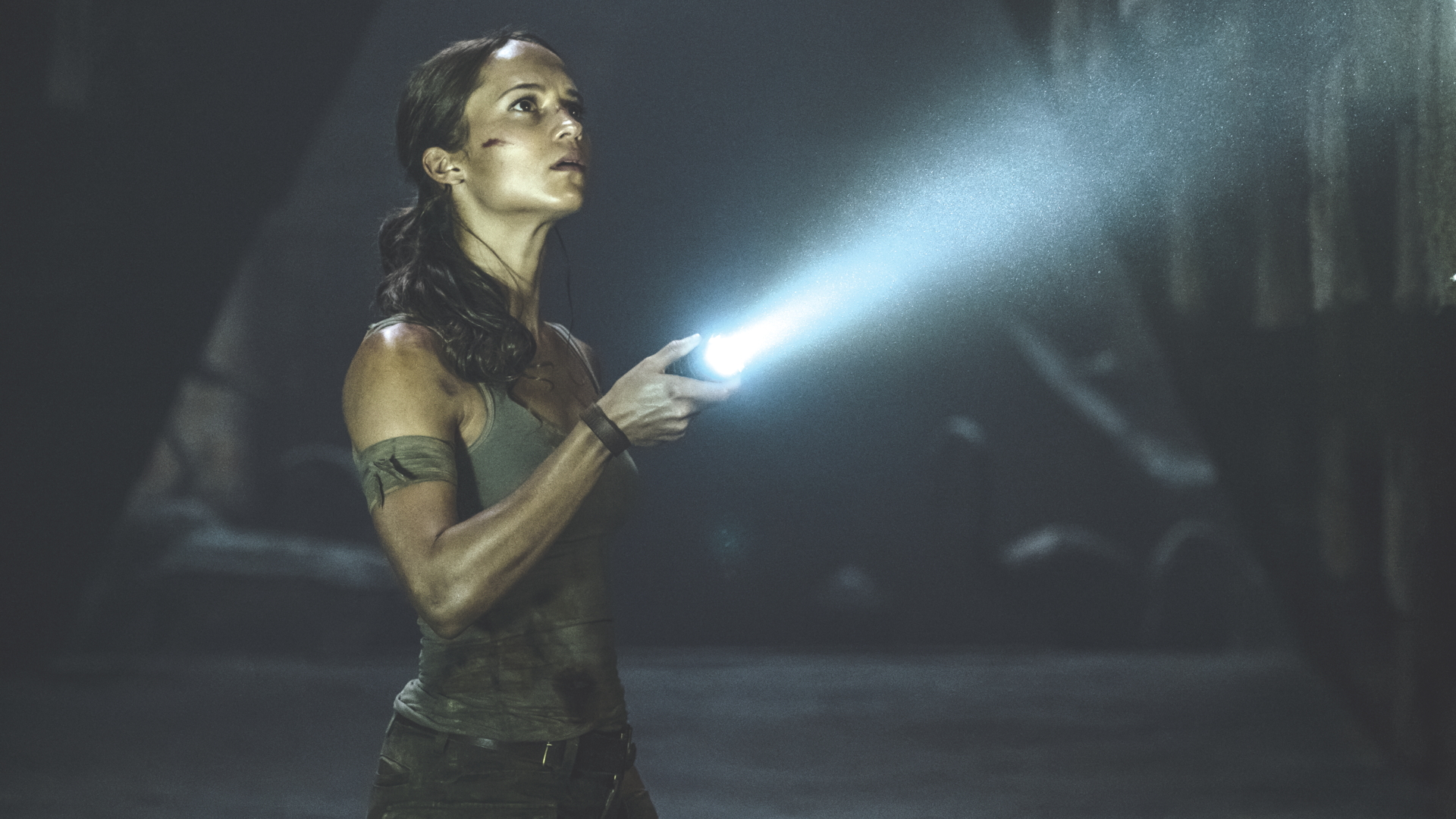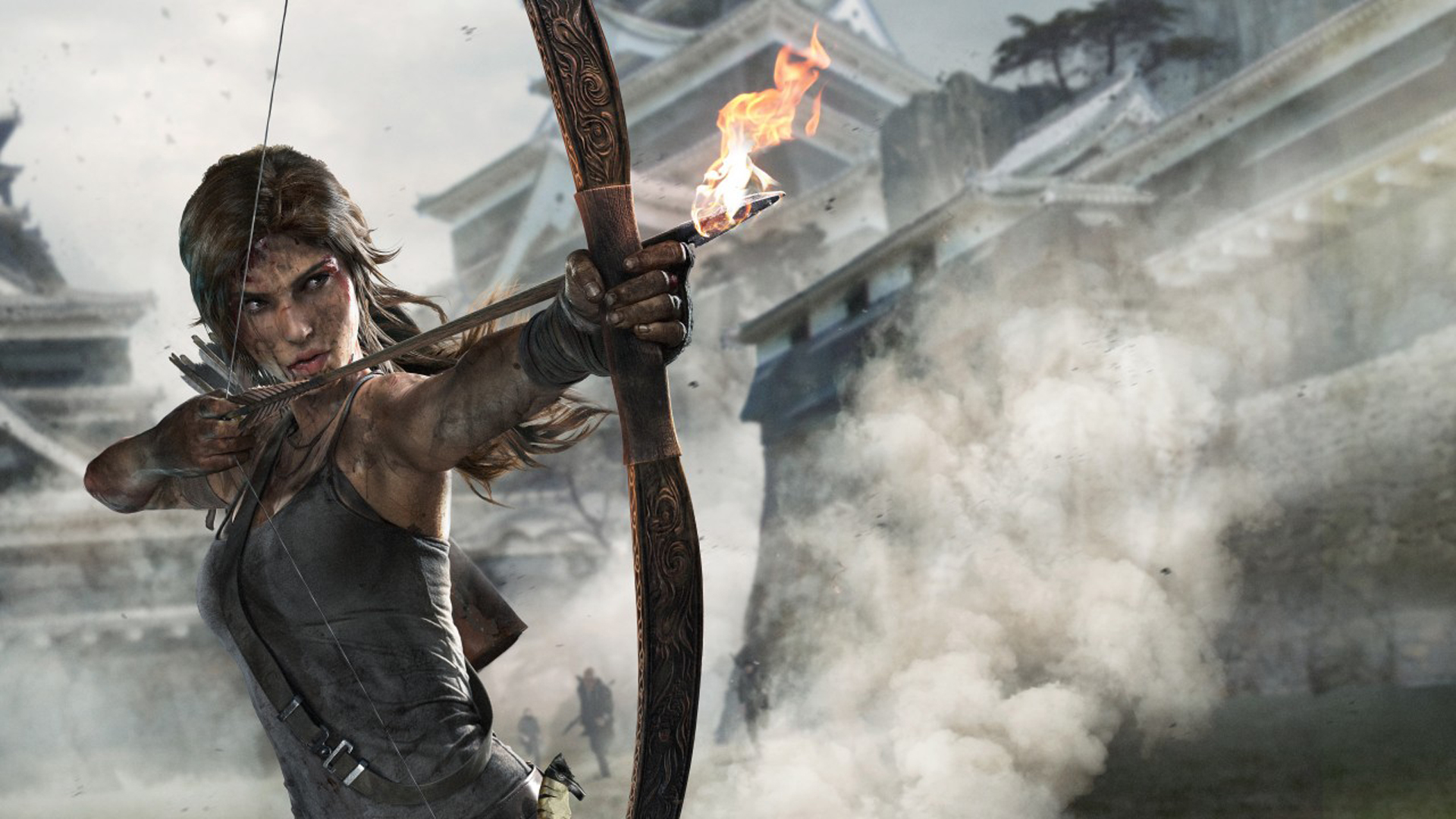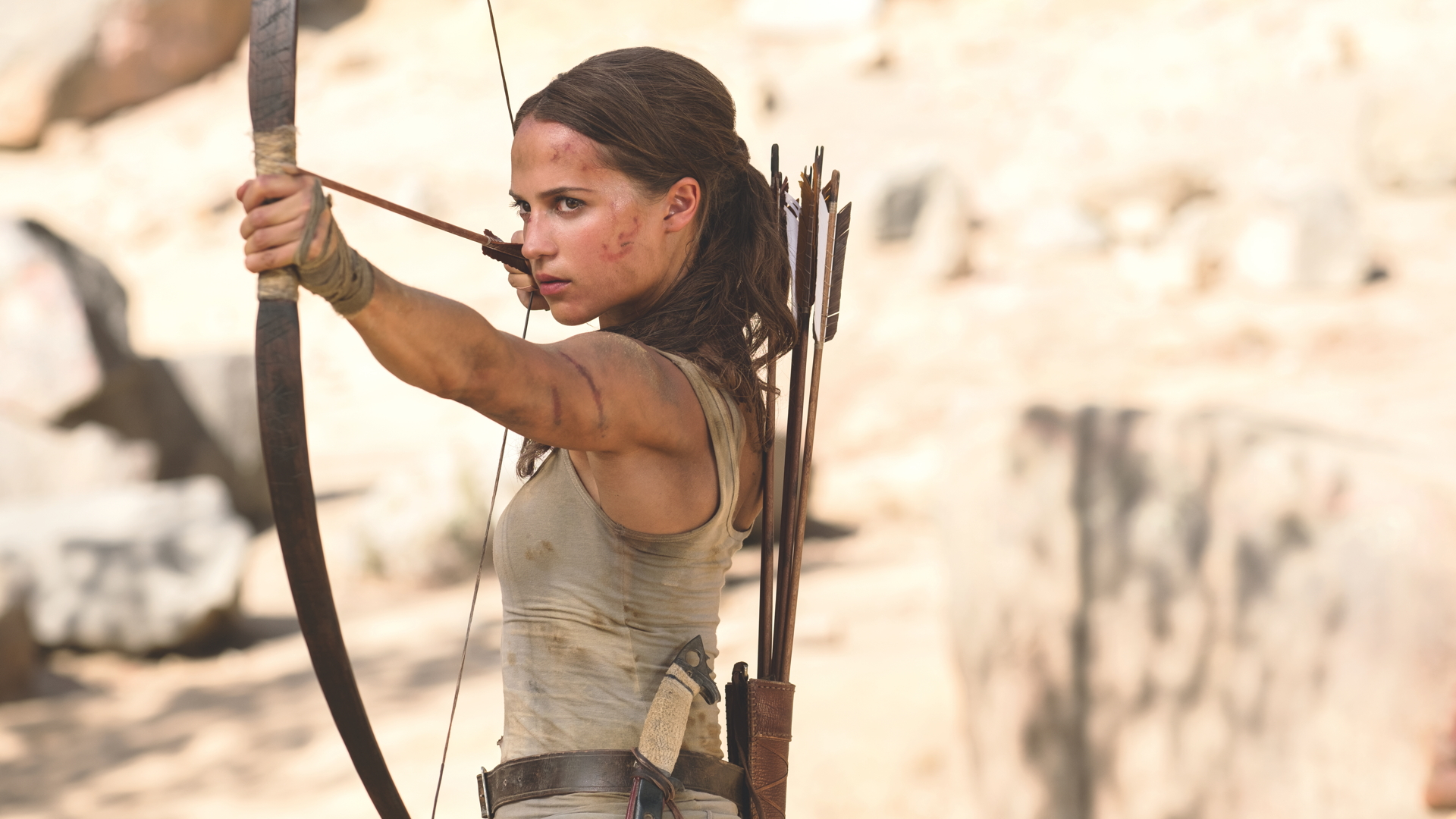What Tomb Raider 2 could learn from the games to make a great cinematic sequel
While we don't know much about Ben Wheatley's sequel, we hope the director will look to the rebooted games for inspiration – and here's why.

Tomb Raider – the Alicia Vikander-starring movie – was a breath of fresh air: uncynical, full of heart, and actually good (even great when compared to other video-game adaptations). The stage has certainly been set for the already-announced sequel to be an epic, world-spanning adventure – and, if Tomb Raider 2 wants to succeed, director Ben Wheatley should look to the games once more.
Roar Uthaug’s Tomb Raider, which took inspiration from the more grounded origin story offered in the 2013 video game reboot, saw Lara slip into something more comfortable – quite literally. The beloved action heroine traded her hot pants and crop top (worn by Angelina Jolie’s iconic iteration) for something practical and down to earth. Vikander, best known for her role in Ex Machina, carried the pickaxe and paved the path for a new story – one which put the young explorer at the beginning of her adventure. So what comes next? Spoilers ahead for both the Tomb Raider movie and the video game series.

In the final moments of the Tomb Raider movie, Lara discovers that her father’s company, Croft Holdings, owns Patna, an extension of Trinity – AKA the ancient militant organisation that seeks to control the supernatural (or, at least, what they think is supernatural) and that killed Lara's father. On top of that, Lara’s trusted family friend Ana (Kristen Scott Thomas) might be in charge of the nefarious group. Suffice to say, we are left with a lot of questions, and it leaves plenty of material for the sequel’s writers – Free Fire filmmaker Wheatley and longtime collaborator Amy Jump – to play with.
However, while the movie loosely adapts the game, the screenwriters made one crucial change that could severely impact the story Wheatley and Jump tell: they removed the supernatural element.
Tomb Raider – the video-game reboot – sees Lara, stranded on Yamatai in the Devil's Sea, opening the tomb of Himiko, the Sun Queen, and unleashing a magical power that ends up possessing the body of Lara’s friend. This worked great in a fantasy action game setting, but what audiences want from a cinema experience is always a little different. When Lara opens the tomb in the movie, the corpse holds no supernatural power at all. In fact, using her cunning intelligence and curiosity, Lara deciphers that Himiko was the carrier of a horrific disease and didn't spread death using magic.

By altering the narrative ever so slightly, the movie retained the excitement of ancient tombs and artefacts while keeping events entirely plausible. As Richard Croft (Dominic West) insists: “All myths have foundation in reality.” And this is where Rise of the Tomb Raider comes in.
The video-game sequel sees Lara making her way through Northeastern Siberia in a bid to stay one step ahead of Trinity. That change in location – the snowy mountains of Russia – challenges Lara in a whole new environment. It would be the perfect setting to do the same in the movie, offering a chance to put her newfound confidence and skills to the test. Filming is rumoured to be taking place this year in England, South Africa, Beijing, and Finland – places so scattered that they offer no real clue as to whether the storyline will follow the game. Plus, filmmakers often use alternate locations to represent different real-world places, so we’re not jumping to any conclusions just yet.
Sign up for the Total Film Newsletter
Bringing all the latest movie news, features, and reviews to your inbox
Equally, Rise of the Tomb Raider sees Lara on the hunt for another supernatural object, The Divine Source. This time she’s one step ahead of Trinity in their search for the artefact, which is said to grant eternal life, and they’re not letting her take it without a fight. There’s no guessing if Wheatley will stick to the tone set in the recent movie or dive head-first into the magical elements, but one significant aspect should remain key to Lara’s character journey: her relationship with her late father.
Richard Croft went mad in his search for The Divine Source, and now Lara looks to finish his life’s work. Her need to feel closer to her father and protect his legacy is what drives the narrative and, in the films, she is only just beginning to discover who he was. Using this thread from the Rise of Tomb Raider seems so obvious – it would be a huge shame not to use it.

Another aspect that Tomb Raider 2 could borrow from the games is Lara’s expanding group of allies. While the first movie included Lu Ren (Daniel Wu), she’s no doubt going to need more than one friend to defeat Trinity’s armies. In the games, her closest ally is Jonah Maiava, who travelled to Yamatai with Lara. The New Zealand-born army veteran remains a good friend to Lara throughout the game series and has his own history, making him a fantastic potential addition to the movies.
This, of course, is all speculation. We know so little about Tomb Raider 2 – there’s no word on story, or even which characters are returning. However, one thing we can count on is some fantastic action. Wheatley’s Free Fire – essentially one epic shootout in a warehouse – was basically a video-game movie. The director’s ability to craft an engaging feature-length movie around a single set-piece is truly exciting, and with some stellar original work under his belt, it’ll be interesting to see what he brings to a franchise with 20 years of history.
We’re keeping everything crossed that Wheatley delivers another exciting adventure riddled with traps and artefacts. The Tomb Raider franchise’s greatest strength, aside from its endearing heroine, is the element of exploration. Travelling all over the world is one thing, but Lara’s genuine interest in the histories and civilizations of each place she visits is what makes it memorable. In both the games and the film, her strength is apparent. Now let’s give her something to fight for.
Tomb Raider 2 is in cinemas March 19, 2021.
Millicent Thomas was once a freelance games and film journalist, writing for publications including GamesRadar, Total Film, Space.com, GamesIndustry.biz, Wireframe, Little White Lies, Culturess, SciFiNow, and more. She is now in international PR and marketing for Ubisoft.



